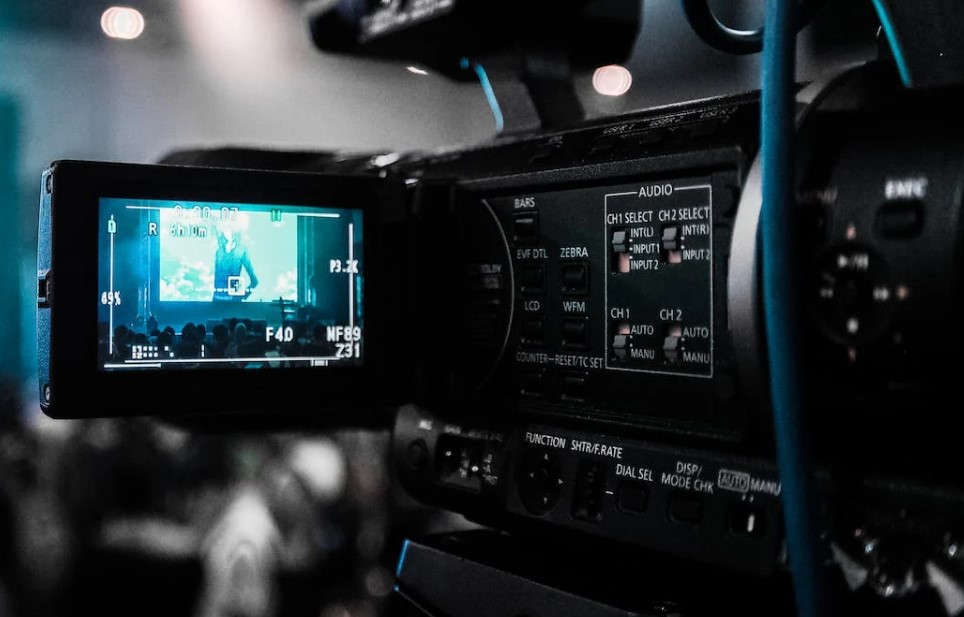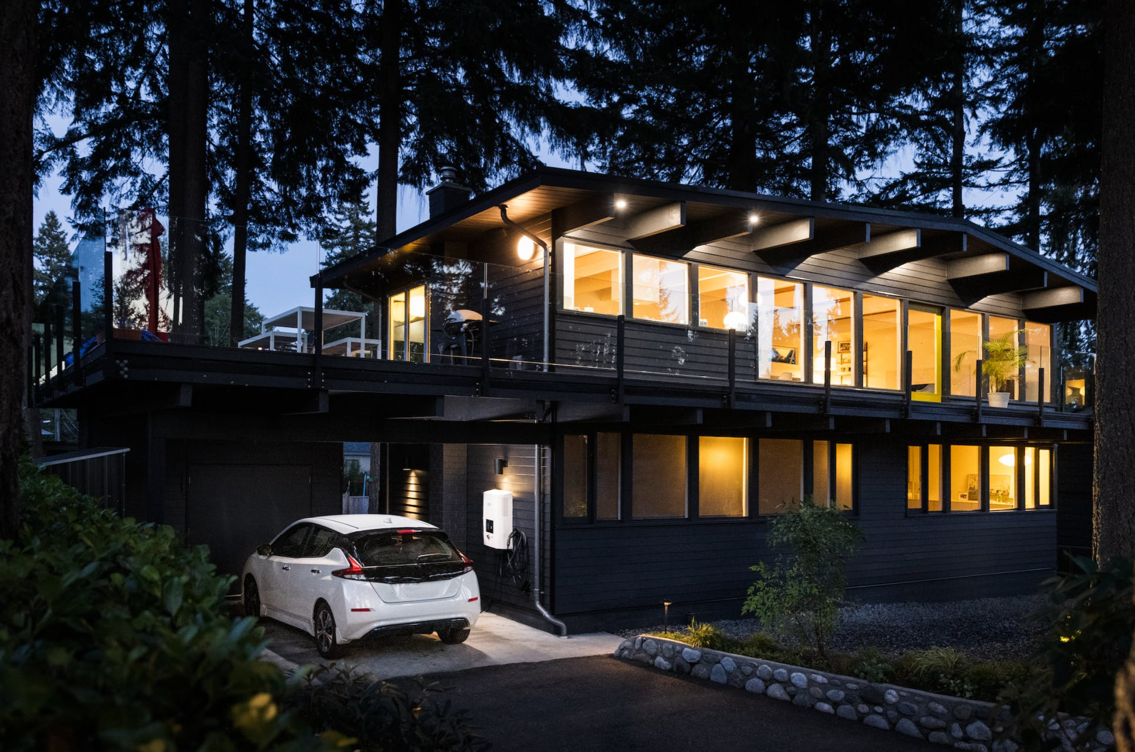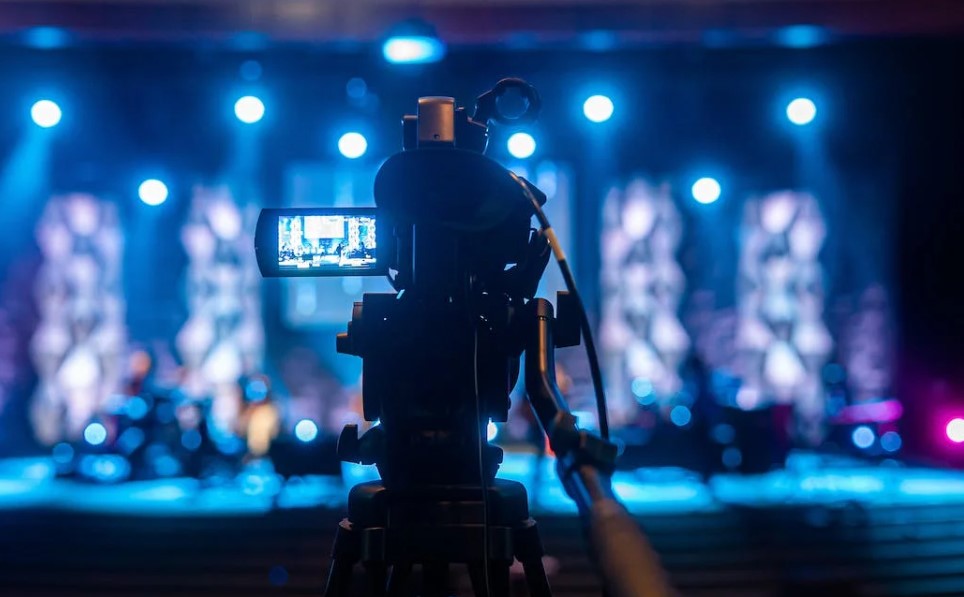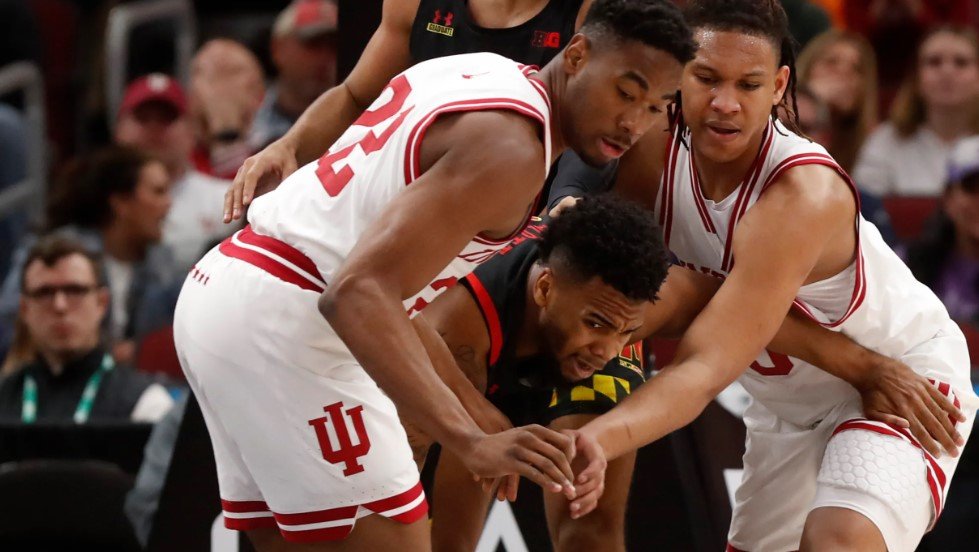Movie special effects, or SFX, is a term used to describe the various techniques used to create illusions in film. By combining art and technology, special effects make movie magic a reality. From the earliest days of cinema, filmmakers have been pushing the boundaries of the possible to create thrilling, imaginative, and realistic stories. Special effects first appeared in a silent film with the use of miniatures, matte paintings, and optical illusions.
As technology has advanced, so has the art of special effects, allowing filmmakers to bring fantastical creatures and scenes to life. Today, it is possible to create almost anything imaginable. Special effects are a crucial part of any film, and they help to draw viewers into the story. From the spectacular explosions of science fiction movies to the breathtaking landscapes of fantasy films, special effects have the power to transport viewers to new worlds and to experience the extraordinary.
Early years of special effects
Practical Effects:
Practical effects were used in the early days of special effects to produce illusions that could not be created through the use of technology. These effects included the use of props, costumes, makeup, and mechanical devices. These effects were often used to make fantasy scenes or to make objects or people appear to be in a different environment than they actually were.
Early Animation Techniques:
Early animation techniques were used to create moving images that were not possible with practical effects. This included the use of hand-drawn images, cel animation, and rotoscoping. These techniques were used to create visual illusions that were not achievable through the use of practical effects. These techniques allowed filmmakers to create scenes that were impossible to recreate in real life.
The Role of Stop-Motion Animation:
Stop-motion animation was used extensively in the early days of special effects. This technique involved taking pictures of objects and then moving them slightly and taking another picture. This process was repeated over and over until the desired effect was achieved. This technique was used to create scenes with creatures, objects, and people that could not be created with practical effects. It was also used to create scenes with moving objects that could not be created with cel animation.
Benefits of Early Special Effects:
Early special effects allowed filmmakers to create scenes that were impossible to recreate in real life. These effects also allowed filmmakers to create scenes with creatures, objects, and people that could not be created with practical effects. Furthermore, these effects allowed filmmakers to create scenes with moving objects that could not be created with cel animation.

Tips for Using Early Special Effects:
When using early special effects, it is important to keep in mind that these effects are much more difficult to create than more modern techniques. Therefore, it is important to plan ahead and have a clear idea of what you want to achieve before you begin filming. It is also important to be aware of the limitations of the techniques you are using and to use them in a way that best suits the needs of your project.
Rise of computer-generated imagery (CGI)
Impact of Star Wars and other Blockbuster Films
Introduction of CGI in Star Wars
The Star Wars franchise is widely credited for introducing the world to computer-generated imagery (CGI). The 1977 movie, “Star Wars: Episode IV – A New Hope” is credited as the first blockbuster film to use computer-generated images. While the special effects in the film were still largely produced by physical models, the use of CGI in the movie revolutionized the industry. The most famous example of CGI in the movie was the iconic “Death Star” explosion.
Blockbuster films that followed Star Wars and utilized CGI
In the following decades, CGI became increasingly prominent in the film industry. Many blockbuster films released in the 1980s, such as “Tron” and “The Last Starfighter,” featured highly advanced CGI effects. In the 1990s, CGI technology made further advancements, allowing filmmakers to create photorealistic imagery. This technology was used in films like “Terminator 2: Judgment Day,” “Jurassic Park,” and “Toy Story.”
Benefits of using CGI in films
The use of CGI in films has many benefits. For example, CGI can be used to create imagery that would be impossible or too dangerous to shoot in real life. CGI can also be used to create highly detailed characters and environments that would be too expensive to create with physical sets and props. Furthermore, CGI can be used to create effects that are too difficult to achieve in real life, such as explosions, creatures, and other fantastical elements.
Evolution of CGI Technology
Early Years of CGI
The use of CGI in films dates back to the early 1950s. During this period, computers were used to create simple animations and effects for feature films. For example, the 1956 film “Forbidden Planet” was one of the first films to use computer-generated imagery. The technology used in the film was primitive, but the use of CGI in the film marked the beginning of a new era in filmmaking.
The Rise of CGI in the 2000s
By the 2000s, CGI technology had advanced significantly. Films released during this decade, such as “The Lord of the Rings” trilogy and the “Harry Potter” films, featured highly realistic CGI characters and environments. The use of CGI in these films allowed filmmakers to create highly detailed and believable worlds. In addition, the use of CGI allowed filmmakers to create scenes that would have been too difficult or expensive to film in real life.
Modern Use of CGI
Today, CGI technology has become even more advanced. Films released in recent years, such as “Avatar” and “Jurassic World,” feature highly realistic CGI characters and environments. In addition, CGI is now being used to create virtual reality experiences, such as the “Star Wars: Secrets of the Empire” virtual reality experience. As CGI technology continues to advance, filmmakers will continue to find new and innovative ways to use it in their films.
Art and technology behind modern special effects
The modern special effects used in films, television, and games are fascinating and often realistic illusions that capture the attention of viewers across the world. Behind these effects lies a combination of art and technology that is incredibly complex.
Visual Effects (VFX) Software:
VFX software has become an essential tool in the production of modern special effects. This software allows filmmakers to create and manipulate realistic digital images, which can then be integrated into live action footage. VFX software is powerful enough to create entire worlds, characters, and objects in a 3D environment, which can then be combined with live action footage to achieve a realistic effect.
Lighting and Compositing:
Lighting and compositing are key components in the post-production of modern special effects. Lighting is used to emphasize and bring out certain aspects of the scene, while compositing is the process of merging different elements together to create a seamless and realistic effect. The combination of lighting and compositing can be used to add depth, atmosphere, and realism to a scene, making it appear more vivid and realistic.
Benefits of Modern Special Effects:
– Increase audience engagement
– Create more realistic and believable scenes
– Add depth and atmosphere to a scene
– Enhance the storytelling process
Modern special effects rely on a combination of art and technology to achieve a realistic effect. VFX software is used to create digital elements, while lighting and compositing are used to bring out the best in a scene. When used correctly, these tools can create stunning and believable effects that increase audience engagement and enhance the storytelling process.

Future of special effects in film
Advances in AI and Machine Learning:
AI and machine learning will have a major impact on the special effects used in films. With AI, filmmakers will be able to create realistic, life-like effects with a high degree of detail and accuracy. Additionally, AI and machine learning can be used to create unique special effects that are not achievable with traditional special effects techniques. AI-generated effects will be able to be rapidly generated and modified to create the desired effects.
The Impact of Virtual and Augmented Reality on Special Effects:
Virtual and augmented reality will also have a major impact on special effects in film. With virtual reality, filmmakers will be able to create immersive, believable worlds that are further enhanced by special effects. With augmented reality, filmmakers will be able to create effects that blend the real with the virtual, creating a unique experience for viewers. Additionally, virtual and augmented reality will allow filmmakers to create special effects that are not achievable with traditional special effects techniques.
Benefits of Virtual and Augmented Reality Special Effects:
The use of virtual and augmented reality special effects will bring many benefits to filmmakers. Firstly, virtual and augmented reality effects are more cost-effective than traditional special effects techniques, as they require less time and resources to produce. Additionally, virtual and augmented reality effects can create unique, immersive experiences for viewers that are not achievable with traditional special effects.
Tips for Filmmakers Utilizing Virtual and Augmented Reality Special Effects:
For filmmakers utilizing virtual and augmented reality special effects, there are a few tips to keep in mind. Firstly, it is important to be aware of the limitations of the technology, as the effects are still in their early stages of development. Additionally, it is important to create effects that are believable, rather than effects that are overly exaggerated or unrealistic. Finally, it is important to ensure that the effects are in line with the overall vision of the film.
Conclusion
The Magic of Movie Special Effects: Art and Technology has shown us that there is no limit to what we can achieve with special effects. From creating whole new worlds to making characters come to life, special effects have been and continue to be an integral part of the movie-making experience. Special effects have the power to captivate audiences and bring stories to life, allowing viewers to be transported to a different world. Not only do they make movies more exciting, they also allow filmmakers to tell stories in a way that would not be possible without the use of special effects. As technology continues to evolve, the possibilities for special effects in movies will continue to expand, providing audiences with even more amazing ways to experience the magic of the movies.
FAQs – Movie Special Effects
1. What is the purpose of special effects in movies?
Special effects are used to create realistic and imaginative environments, characters, and events that would otherwise be impossible to create in a traditional filming setting. They can help to enhance the story and create a more immersive experience for the audience.
2. What are some of the most popular special effects techniques?
Some of the most popular special effects techniques include CGI (Computer Generated Imagery), motion capture, green screen, matte painting, stop motion animation, and puppeteering.
3. What are the different types of special effects?
There are various types of special effects, including physical effects (such as explosions and stunts), optical effects (such as bluescreen and rotoscoping), and digital effects (such as 3D modeling and compositing).
4. What are some of the most iconic special effects in movie history?
Some of the most iconic special effects in movie history include the dinosaurs in Jurassic Park, the light saber battles in Star Wars, the Matrix’s bullet time, and the Lord of the Rings’ battles.
5. How much does it cost to produce a special effects movie?
The cost of producing a special effects movie can vary greatly depending on the complexity of the effects used and the scale of the production. Generally, it can range from several thousand dollars to tens of millions of dollars.
6. How long does it take to produce a special effects movie?
The length of time it takes to produce a special effects movie can vary greatly depending on the complexity of the effects and the scale of the production. Generally, it can range from several months to several years.
7. What is the best way to learn special effects?
The best way to learn special effects is to learn the basics of the techniques, such as computer-generated imagery and motion capture, and then to practice and experiment with the tools and techniques.
8. What are some of the most important skills needed to become a special effects artist?
Some of the most important skills needed to become a special effects artist include creativity, technical skill, problem-solving, and the ability to work collaboratively.
9. Are there any special effects software available?
Yes, there are many special effects software programs available, such as Autodesk’s Maya and Adobe’s After Effects.
10. Is it possible to create special effects without using software?
Yes, it is possible to create special effects without using software, such as by using physical props, makeup, and costumes.























